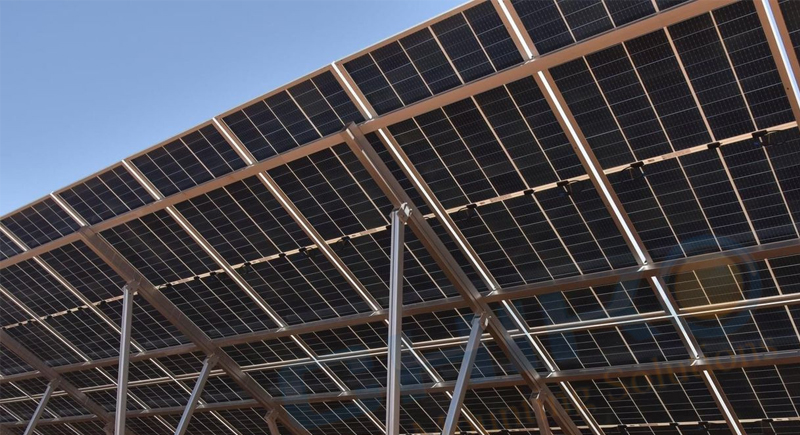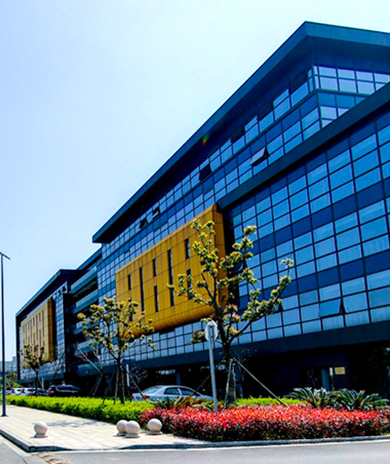VIDEO & CENTER

Recently, the South African Redstone 100 MW solar thermal power station project undertaken by Shandong Power Construction Company No. 3 of Power Construction of China was successfully connected to the grid for the first time, the unit's performance parameters and indicators are excellent, and the system is running stably, marking the successful completion of another important milestone node of the project, laying a solid foundation for the subsequent full load operation.
The project is located in the Northern Cape Province, is the first tower molten salt solar thermal power station in the South of the Sahara Desert, and is also the largest investment project in the Northern Cape Province of South Africa. The local excellent sunshine conditions and open and flat land provide unique conditions for the construction of solar power plants.
The project adopts the world's leading tower molten salt energy storage technology, 41260 heliostatic mirrors are installed on site, and the mirrors accurately reflect the sunlight to the light tower heat absorber, heating the molten salt from about 290℃ to about 565℃. The hot molten salt is stored in a special molten salt tank, and the heat storage capacity can support the unit for 12 hours of full load operation, so as to achieve continuous power generation at night. Ensure 24 hours of uninterrupted power supply.
Over the life cycle, the carbon emissions per kilowatt-hour of electricity generated by solar thermal power plants are much lower than those of photovoltaic power plants, an achievement that will give South Africa a strong boost in tackling climate change and helping it achieve its clean energy development goals. The project has provided more than 600 direct jobs for the local people, and employed about 1,800 people at the peak of the project, making important contributions to the local economic and social development.

After completion, the project will provide 480 gigawatt hours of clean electricity for South Africa's power grid every year, meeting the electricity demand of about 200,000 South African households, significantly reducing the dependence on traditional fossil energy, significantly reducing carbon emissions in South Africa, and having important strategic significance for South Africa's energy transformation.














